The Visordown Head to Head | Busa vs ZZR1400
Each week, we take a look at a pair of classic battlers. Bikes which have defined their class, and often sat at the top. But which is best? There’s only one way to find out…

This week, it’s a heavyweight clash, even better than Ali vs Foreman. Suzuki’s GSX1300R Hayabusa takes on Kawasaki’s ZZR1400…
IT’S mad to think about it now, with the array of speed cameras, average velocity ‘Smart Motorway’ monitoring and even the dashcam-equipped citizens’ Gestapo out there. But once upon a time, people used to buy bikes because of their top speed.
Genuinely, if you started out riding in the 1980s like me, then you could, quite reasonably, expect to spend a fair bit of time sitting well over a ton, fairly safe in the knowledge that unless there was a spot for a copper wielding a ropey old radar speed gun, or an actual physical police officer on your tail in a car or bike, you’d probably get away with it.

And that environment bred some amazing bikes. The original high-speed weapon was probably the Kawasaki GPz900R, that could manage 150mph from 100bhp in 1984. It was followed by the GPZ1000RX, then the original ZX-10 – both largely unloved nowadays – but it was the final incarnation of that family, the ZZ-R1100, which really set the scene. It had ‘just’ 125bhp in the UK thanks to an industry power limit, but its famously aerodynamic bodywork let it easily top a real 170mph if the conditions were right (and you derestricted the carbs with some ZXR750 tops). Back in 1990, 170mph was something pretty special, and the fact the big over-optimistic speedo would just about touch 200mph tickled everyone’s fancy back then.
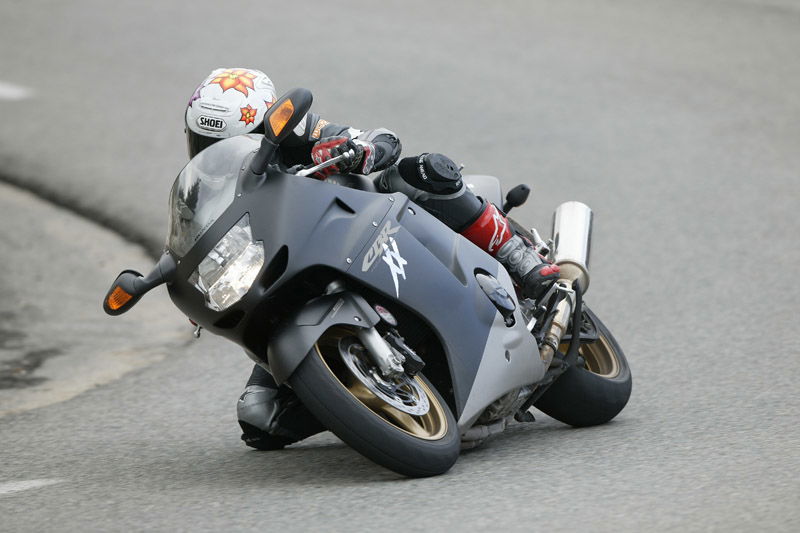
The ZZ-R had the place to itself in the ‘near-200mph’ club until 1996, when Honda, of all folk, came up with its CBR1100XX Super Blackbird. It had a load more power and even sharper aero design, and finally topped the ZZ-R’s peak velocity. But the big smooth Honda reigned for even less time than the ZZ-R1100 had – just two years before Suzuki launched its GSX1300R Hayabusa for 1999. This was a proper, no-holds-barred missile, with incredibly sleek bodywork, and a nuclear powerplant of an engine: 1,300cc, and 173 claimed bhp from a compact inline-four 16v DOHC lump.

The Hayabusa (named after the Japanese peregrine falcon, which, of course, eats Blackbirds…) immediately struck a chord with the fin de siècle biking world of 1999. It went like utter stink of course, but was a decent enough handler as well, with a GSX-R750-derived chassis, so wasn’t just a straight-line blaster. In the US in particular, Suzuki sold all it could make for the first half of the 2000s, and it became the natural choice for customisers, rap stars, drag racers, and everyone for whom too much is never enough (like the 1000bhp Gen 1 Busa built by Big CC Racing shown above)

The engine was the main treat though – its combination of large cubic capacity and fairly high revs meant it was super-torquey low-down, yet still had a real top-end yowl. You could potter about on it easily enough of course – in fact, one unexpected early problem was people using them as two-up tourers, overloading the alloy subframe with luggage and cracking it. An optional stronger steel rear subframe sorted this, but it underlined just how usable the Busa was. You could do a 30 mile commute on it every day of the week, keep up with mates on FireBlades on a Sunday blast, and take the other half to Barcelona for a summer break, all without too much compromise.
The biggest practical problem in early days was keeping it fed with rubber. Suzuki originally said you could only use a special 190-section Bridgestone BT-56 rear hoop, and these could be trashed in under 800 miles without any effort at all. As time went on, more approved tyre fitments appeared, but in 2000, the special Hayabusa BT-56 was a rare, pricey beastie.
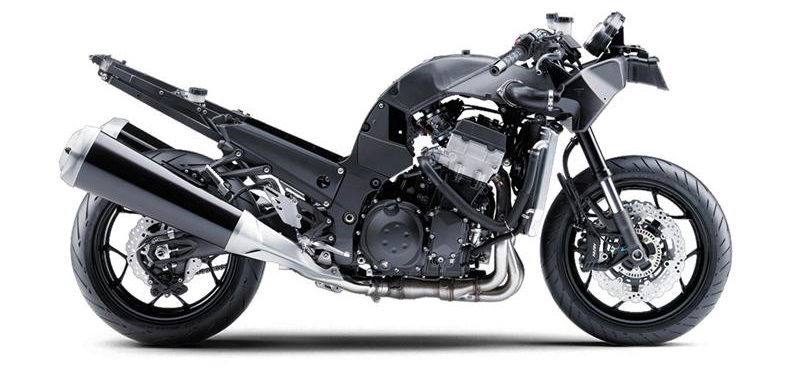
Kawasaki was a bit miffed by all this, of course. After all, it was the massive conglomerate that made spaceships and fighter jets and oil tankers, while Suzuki also makes, err, the Jimny jeep and the 1.5 GLX Liana hatchback, FFS! So the big K had a few attempts at a comeback in this ultimate speed and power class. The ZX-12R of 2000 tried to make a supersport machine with a full-beans 1200 motor (and the first production 200-section rear tyre), but its mix of hellish power in a focussed sporting chassis didn’t really click with punters. Turns out they wanted razor-sharp handling and compact accommodation from their 600s, 750s and 1000s, and when it came to the big blasters, they wanted the extra space, comfort and (bizarrely) pillion ability which the Blackbird, Hayabusa and ZZ-R1100 had. The Ninja 12R was also a little bit on the peaky side, relatively speaking of course. It wasn’t quite a ZXR250 type scweamer – but Kawa had tuned it for peak top-end urge, and that, together with the smaller capacity, meant it felt a teensy bit softer at the bottom end than the GSX1300R Hayabusa.
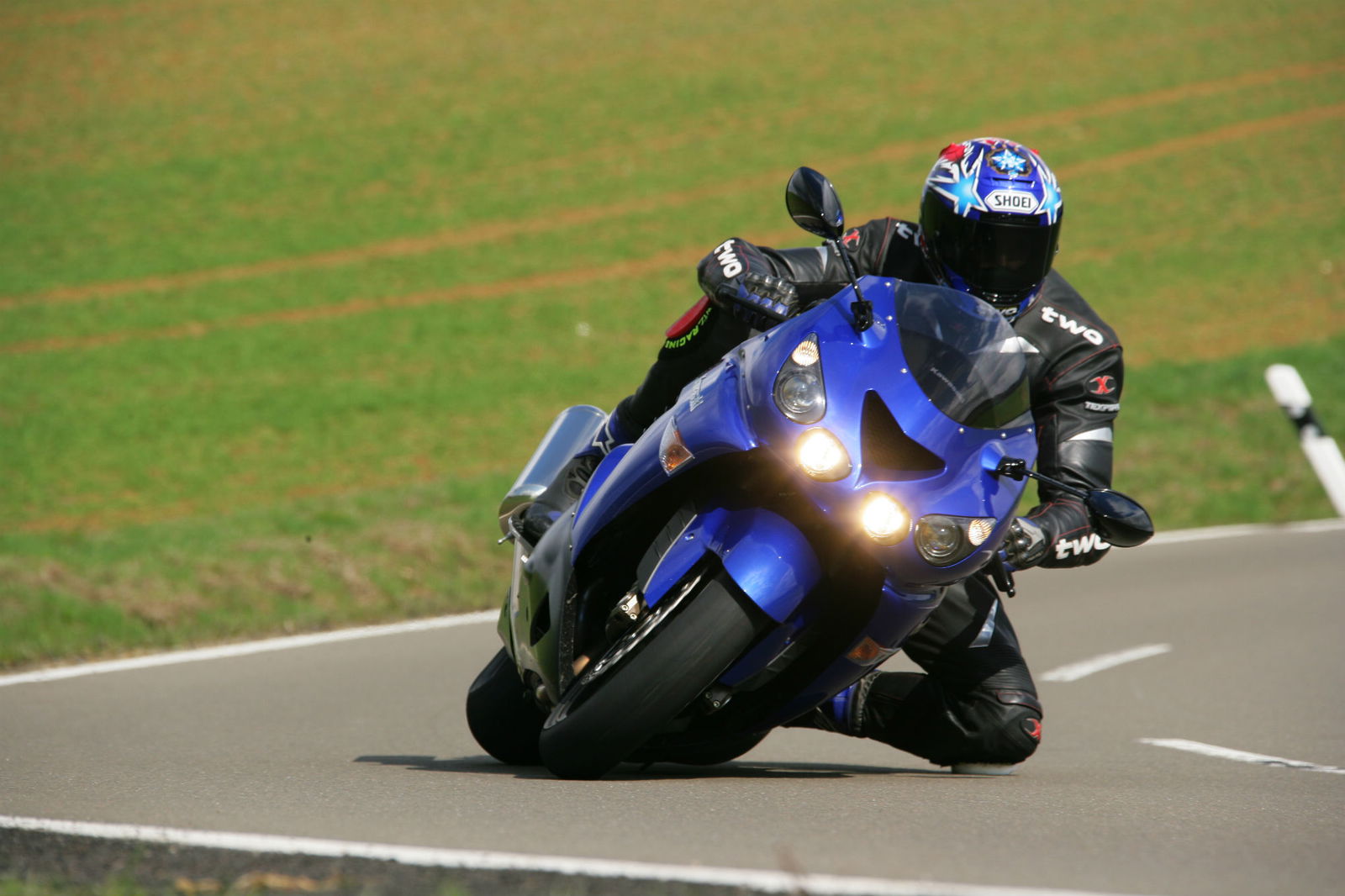
Suitably chastened, Kawasaki went back to the ZZ-R11, pumping it up into the ZZ-R1200 sporty tourer as a stop-gap, but it wasn’t till 2006 that the Green team finally got serious, with the ZZR1400. It had lost the ZZ-R family hyphen, but gained a lot more. A monster 1,352cc inline-four motor which put out a claimed 190bhp, bolted into an advanced monocoque frame, similar to that on the ZX-12R. The riding position and pillion accommodation was all a bit more relaxed, that four-headlamp fairing combined superb aerodynamics with good wind and weather protection, and stuff like the dashboard was much more modern than the 1990s-spec Busa cockpit. A large LCD panel on the 1400 gave loads of trip computer info, and was generally more useful than the old-skool Suzuki dash.
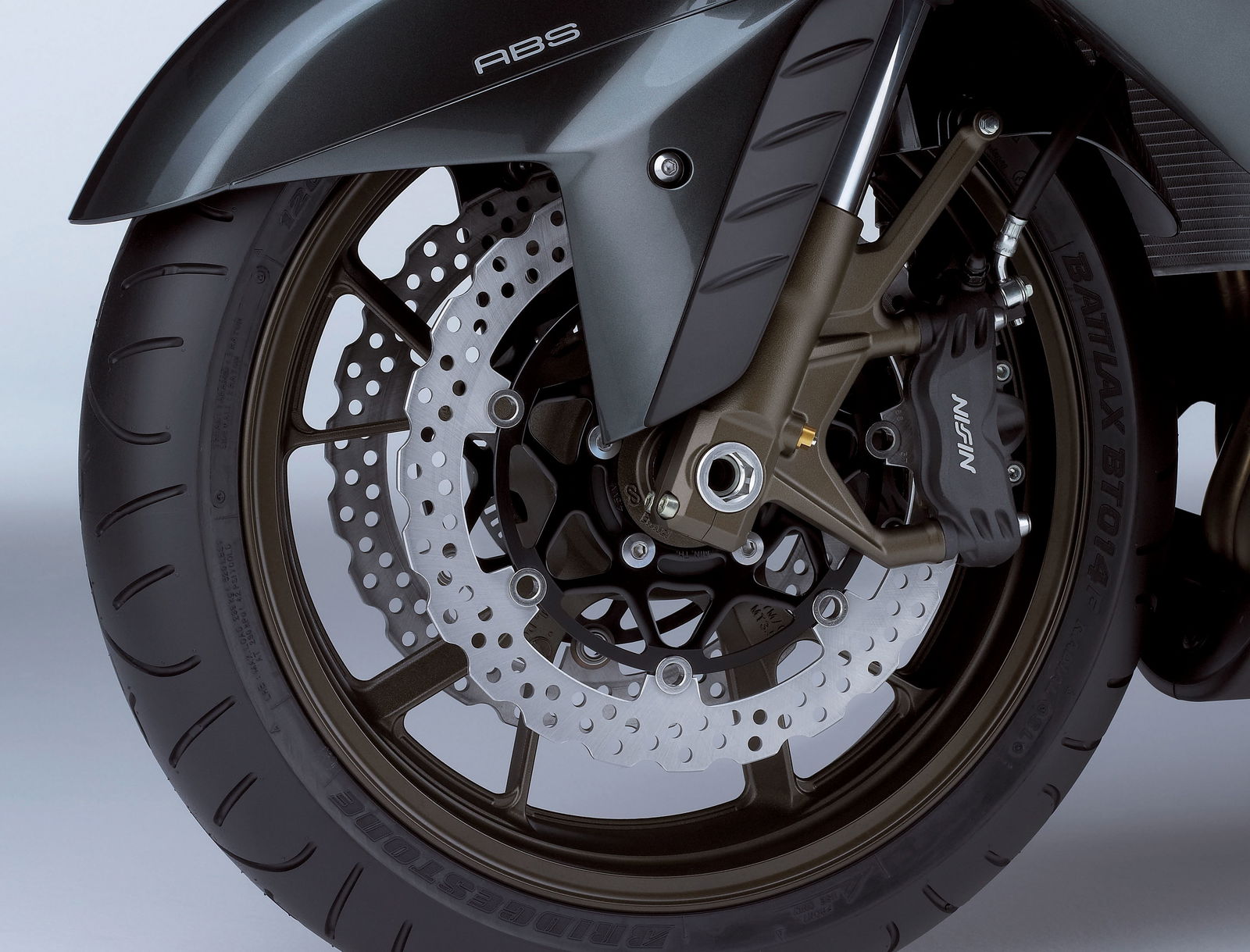
Kawasaki had also moved things on in the chassis department too, with better brakes and suspension components, and Suzuki suddenly had a real contender for its top-speed hypersports crown again. Could the Busa boys respond? Well yes, after a fashion. A new GSX13 appeared in 2008, and on the face of it, was set to rock the 1400. Suzuki had given it a bigger, 1,340cc engine with titanium valves, uprated fuel injection, a claimed 197bhp and new styling. They’d not gone far off-piste though, and that turned out to be a deliberate move. On the press launch at the Salzburgring circuit in Austria, the engineers told us that the huge size of the aftermarket in the US meant they didn’t want to change the fundamentals too much. Stuff like the frame and swingarm stayed largely similar, so that the US custom market wouldn’t have too much difficulty keeping up. If an ‘all-new’ Busa appeared, the thinking seemed to be, it might make more of a gap for the ZZR1400 to slip in and take over in the lucrative US custom scene. Hmmm.
So that meant while the new Busa was much better than before, it didn’t quite knock the Kawasaki out of the park. Radial brakes, that extra power from the motor, and the other detail mods all made the second generation Busa a cracking bike. But within a few years, Kawasaki had revamped its ZZR once more, with a bigger 1,441cc motor, ABS, traction control and even more power – topping the magic 200bhp figure (with ram-air assistance at speed) for the first time.
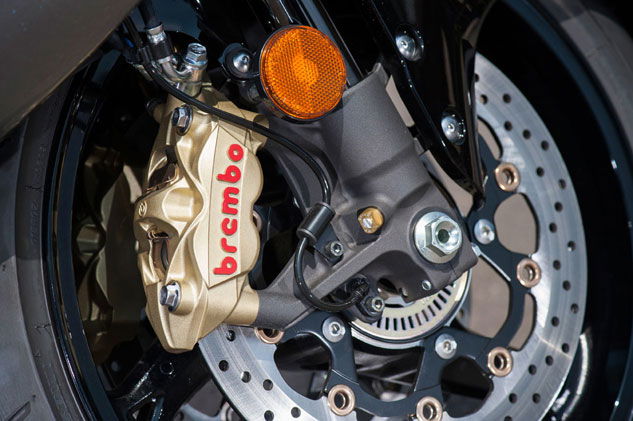
Suzuki couldn’t really keep up. The Hayabusa got Brembo brakes, and a rather basic ABS setup, but by the end of 2018, it wasn’t even legal to sell any more, as it didn’t meet Euro emissions regs. So as we hit 2019, the big Busa has effectively ceased to be, toppled off its perch after two decades by the passing of time and the failure to invest in a replacement.
Meanwhile, the ZZR1400, despite having the field to itself, is also looking like a bike coming to the end of its time. Not because it’s not an awesome machine, but because Kawasaki has come out with something that's arguably even better. The firm’s H2SX supercharged machine, launched for 2018, does much of the same thing as the ZZR1400, but with a smaller 1,000cc motor, aided by a low-pressure supercharger. It’s laden with top tech, looks great, and provides all the thrills of the 1400, in a more efficient package.
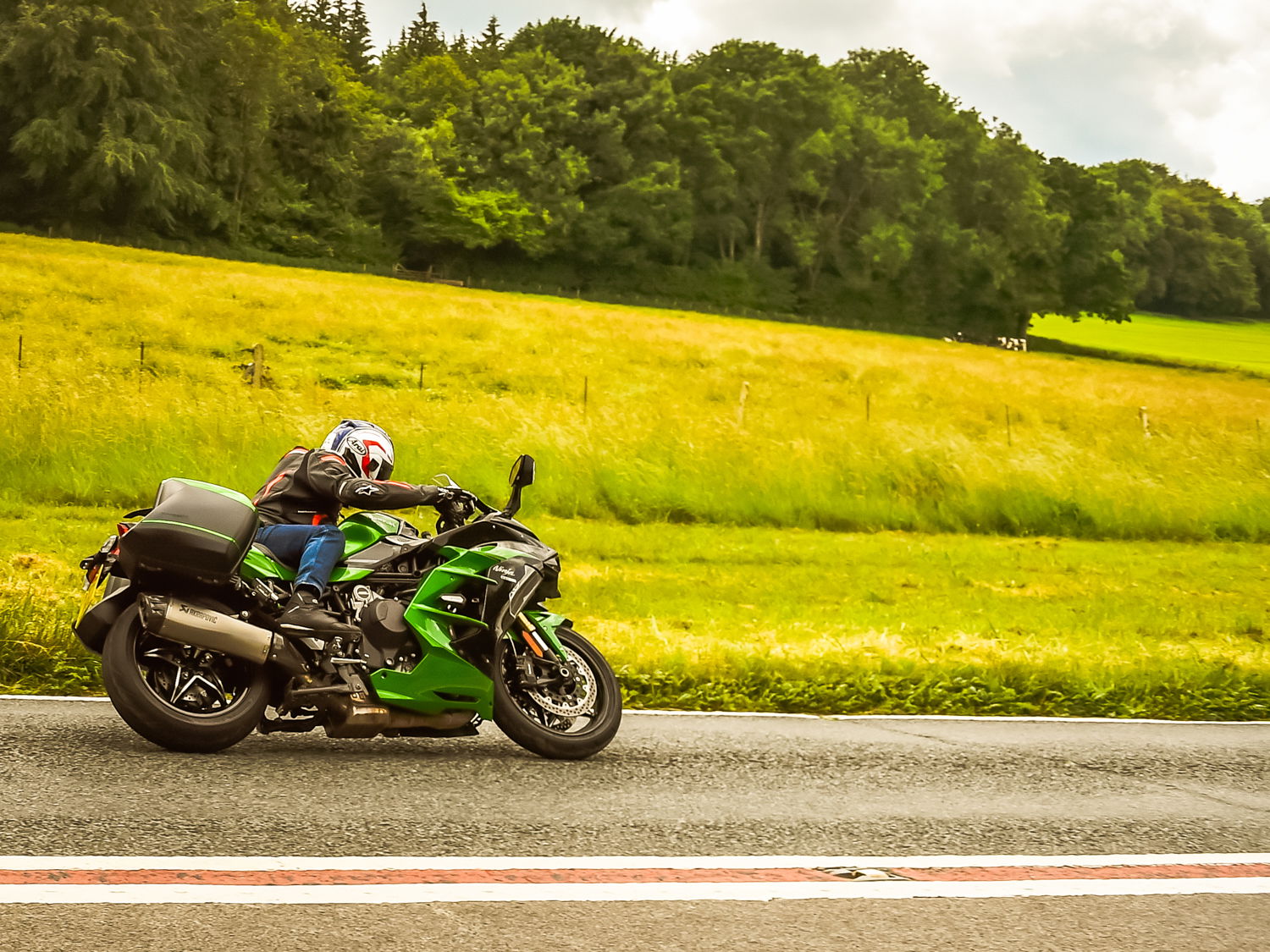
So for that small, determined band of top-speed enthusiasts, the signs are pretty good. As eco pressures increase on big firms, a smaller blown engine makes more sense than the big 1300cc+ bruiser lumps, giving all the torque, peak power and fun of the hypersports class, in a smaller design with better fuel consumption. So you’ll be able to dodge the speed cameras, or head to the Autobahns for your speed fix, for a few years still. All we need now is for Suzuki to release a new-generation GSX1000 X Hayabusa, with a turbocharged GSX-R1000 engine, all the leccy bells and whistles, and that distinctive blunt-edged ‘Busa styling…

